U.S. consumer prices rose modestly in July as recently implemented tariffs began to affect the cost of certain household goods.
The Consumer Price Index (CPI) increased at an annual rate of 2.7%, slightly below market expectations, according to the Labor Department. A decline in gasoline and energy prices helped offset some increases. However, core inflation — which excludes food and energy — climbed above 3% for the first time in six months, reflecting higher costs in categories impacted by import duties.
Economists note that a larger share of tariff costs is beginning to be passed on to consumers, with more significant effects expected later in the year. Some estimates suggest the consumer share of tariff-related costs could rise sharply by October, with domestic producers potentially raising prices in response.
If inflation remains above the Federal Reserve’s 2% target, it could influence the central bank’s approach to interest rate adjustments. Market expectations currently point to a potential rate cut in September, but ongoing price pressures from tariffs may complicate policy decisions.
The July CPI data showed notable price increases in shelter, medical care, airline fares, recreation, household furnishings, and used vehicles. Energy prices, meanwhile, fell 1.1%, with gasoline down 2.2%. Tariff-sensitive goods such as new automobiles have yet to show significant changes in pricing.
Analysts anticipate the peak effects of current tariffs on inflation could occur toward the end of the year, depending on how businesses adjust their pricing strategies in the coming months.
#SupplyChainNews #TariffsAndDuties #InflationUpdate #EconomicIndicators #TradePolicies

















